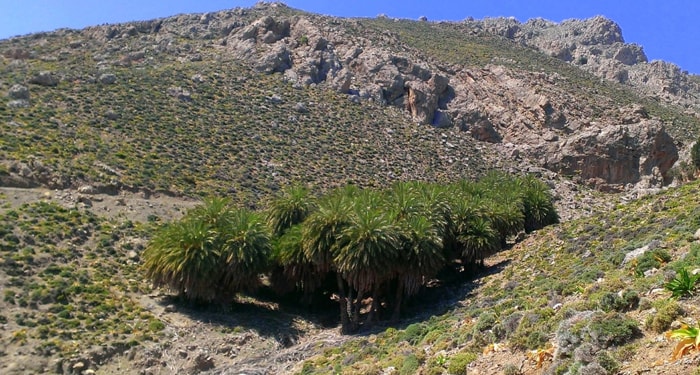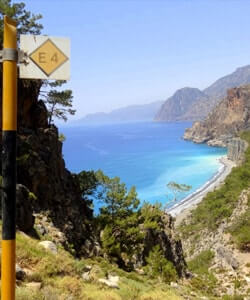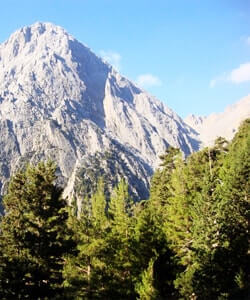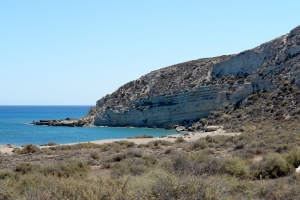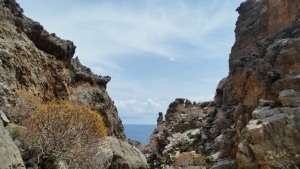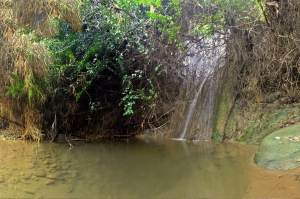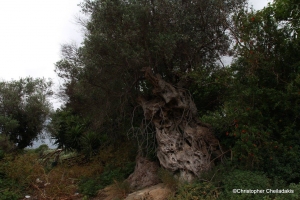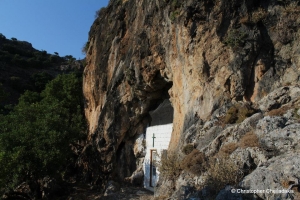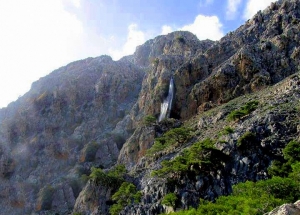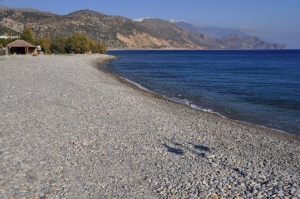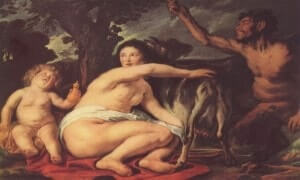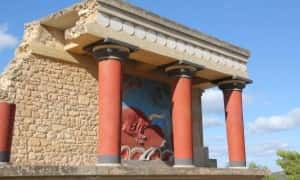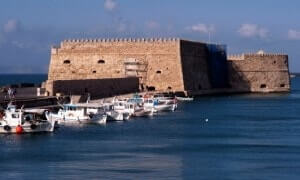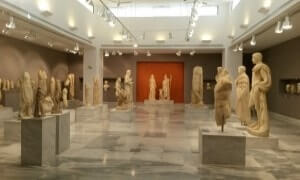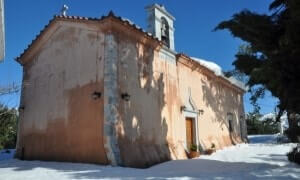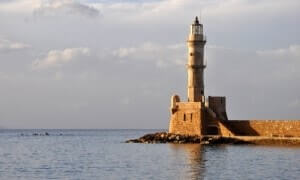Beneath the church of Saint Nicholas in Koufonisi islet and a little east of the well of the island, we meet the steep cliff of Pilavas that blocks our access to the east beachfront of the area. Right next to the cliff the small beach Perasma is formed, with sandy and fairly rocky bottom.
Petrigiari is a small and wild gorge located parallel to the wild gorge of Kakoperatos, at the south coastline of Central Crete. The canyon is only accessible with technical (canyoning) equipment) with the maximum rapel being about 15m. The gorge ends at an amazing tiny pebbly beach with caves and crystal clear deep blue water.
The wider area of Ligaria beach hosts several waterfalls in after rains, framed by the unique greenish rocky grounds. One of the falls stands out due to the height of 10m and the small pond at its base. The fall is almost hidden by dense vegetation. To locate it, walk upside down the creek that flows to the east of the beach, overcome the small waterfalls from the side and you will meet the large waterfall in a stream coming from the left.
The olive of Saint George at Kamara Deliana is aged over 2000 years and is not the only case of monumental trees in the area. Not too far from St. George we meet a whole cluster with monumental olive trees.
At the lowest point of the ruined village Kolokasia, Sfaki Provice, at the church of the Virgin Mary starts forming a stream. The stream collects the water of the village. After crossing the olive grove of the village it turns to a small, but rugged, gorge called Rechtas or Rektas. Its name means waterfall in the local dialect. A few meters after the start the gorge it forms, indeed, a spectacular waterfall about 20 meters high.
Gorge Koumos is located at the area of Kapetaniana and it ends near the seaside settlement of Agios Ioannis, in a area full of pine trees. It is an unknown gorge and it can only be accessed with technical equipment. It is generally dry but after some heavy rainfalls it forms spectacular waterfalls.
Votsala or Halikia are located after the west end of Paleochora harbor, 79km south of Chania city, next to the exit of Kakodiakianos River, and extend for about 1km to the east. Halikia and Pahia Ammos are the two main beaches in Paleohora town. Halikia has round pebbles and is well organized and preferred mainly by Greeks than the sandy beach of Pahia Ammos
The marginated tortoise (scient. Testudo marginata) is the largest European tortoise, reaching a weight of up to 5 kg and a length of 35 cm. It is not native species of Crete, although fossils have been found on the island. However, more and more domestic tortoises appear in the Cretan countryside, as they escape from their homes.





